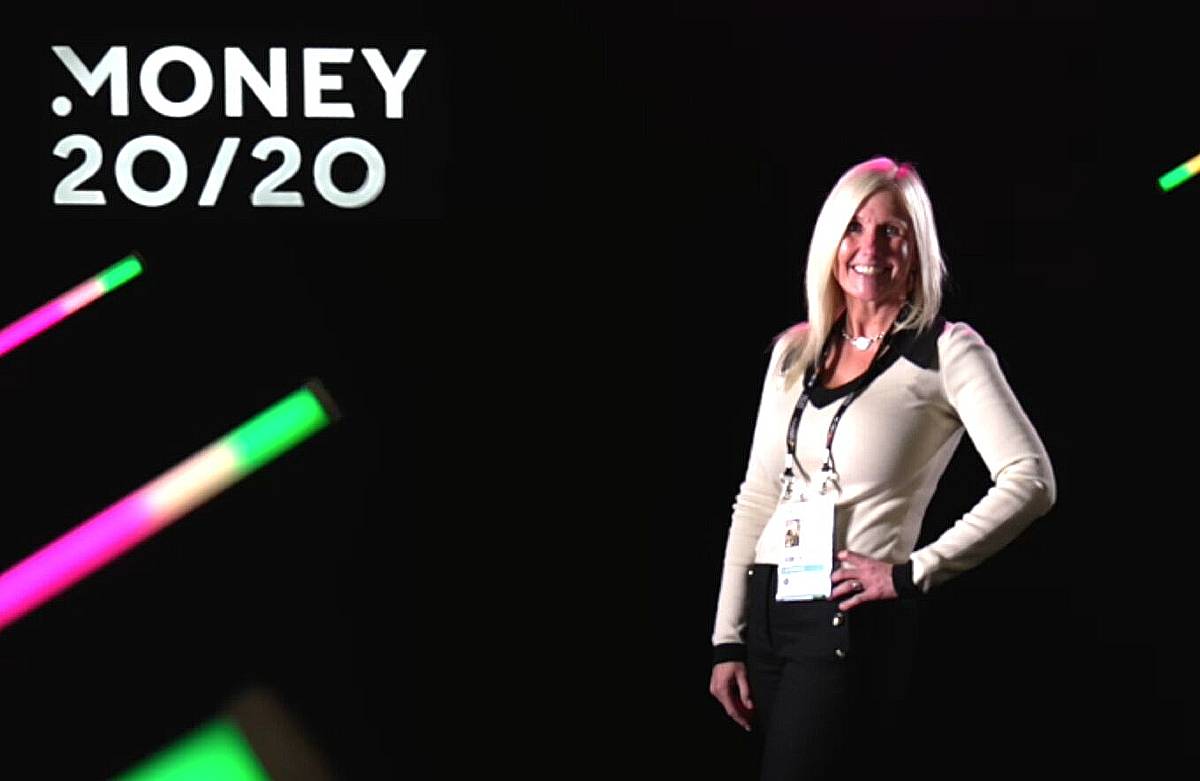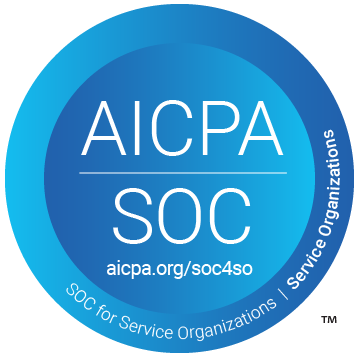Many of the nation’s financial institutions have seen their efficiency ratios climb to uncomfortable levels as a result of the pandemic. Now they’re in cost-cutting mode, hoping to drive their ratios down to pre-crisis percentages.
Several large institutions recently announced extensive long-term initiatives to manage expenses. These initiatives will take months, maybe years to bear fruit. In the meantime, institutions are looking across their enterprise for multiple smaller-scale cost-cutting opportunities that, when taken together, can add up to significant savings.
An Expensive Relic from the Past
When seeking out savings opportunities, the Compliance Department is probably not the first thing that comes to mind. But it should not be overlooked. While much of regulatory compliance is now achieved with the help of efficient automated systems, financial institutions still have processes that have not benefited from modern technology. These relics from the past are a drag on the bottom line; they are paper-intensive, inefficient, and expensive.
One such relic is the process by which financial institutions are verifying customer/member address changes to comply with The FACT Act Section 114B. Instead of using cost-effective analytics software solutions as the law allows, institutions are printing and mailing letters at a cost of about $1 per address change.
It should be noted that while the $1 figure covers the cost of a first-class mailing to the old address and the new one, and all the supplies and handling that go along with making that happen, it does not include the fraud write-offs and lost business associated with account takeover incidents. Letters are not great at stopping fraud. These days, fraudsters can drain a stolen account before the letter even makes it to the Post Office.
Automating Address Verification
For a fraction of the cost of letters, financial institutions can use analytics software, such as Safe2Change from Kevari, to efficiently comply with Section 114B while preventing more fraud losses.
The second an address change is requested, these automated address-verification solutions use their massive databases and context-aware scoring to assess the fraud-risk of the request. To significantly reduce operational and investigative expenses, this method uses data-driven intelligence to answer the fundamental question: “Based on all of the information available, does this address change make sense?” If the address change is below a certain risk threshold, then the institution can accept the change without any manual intervention—and satisfy compliance requirements.
In cases where the solution identifies the address change as suspicious, the institution has what it needs to investigate. Sample alert messages might include: Address is a temporary address; Address is not currently receiving delivery; Known fraud address; Address is not a valid delivery point; Address recently associated with several different last names; and more.
More Bang for the Buck
Across the sea of address verification solutions available, the most robust ones are those that also assess the riskiness of email and phone number changes, giving institutions more functionality for the money. Having this functionality is a must, as many account takeover schemes take place completely in cyberspace, meaning there’s no need to establish a fraudulent physical address. Our recent data show that fraudsters increasingly change — and then control — the email and phone number on the account, which prevents the institution from communicating with the victim while the crime is taking place.
From an expense-management standpoint, switching from address-verification letters to an automated solution can be a quick win. Combine this cost savings with a reduction in fraud write-offs and lost business associated with account takeover incidents and you just might move the needle on the efficiency ratio.






